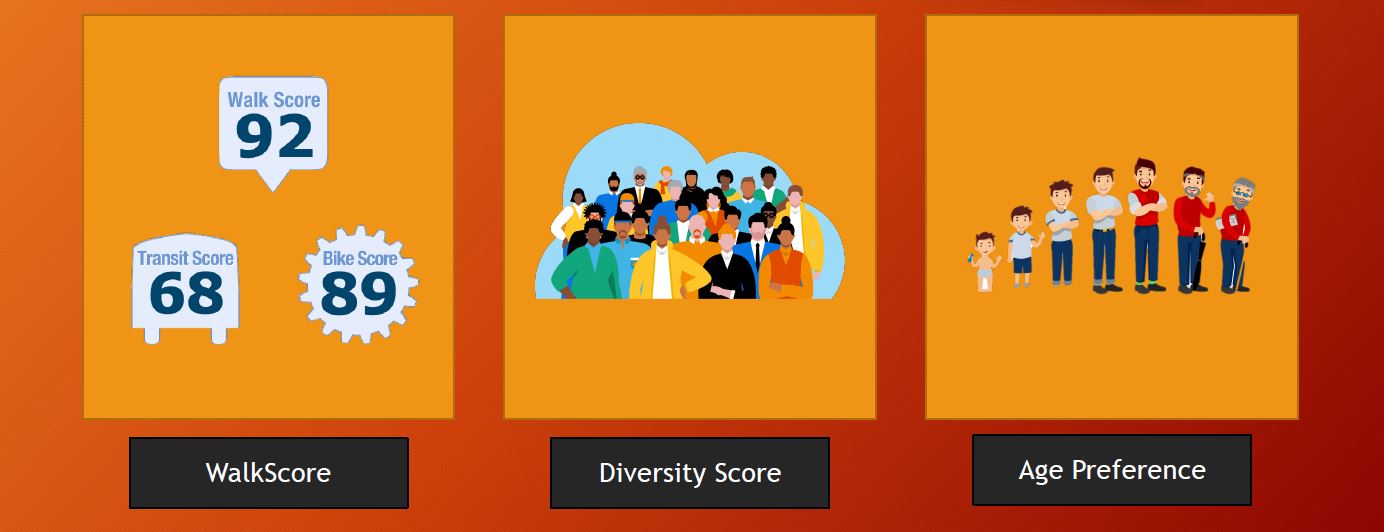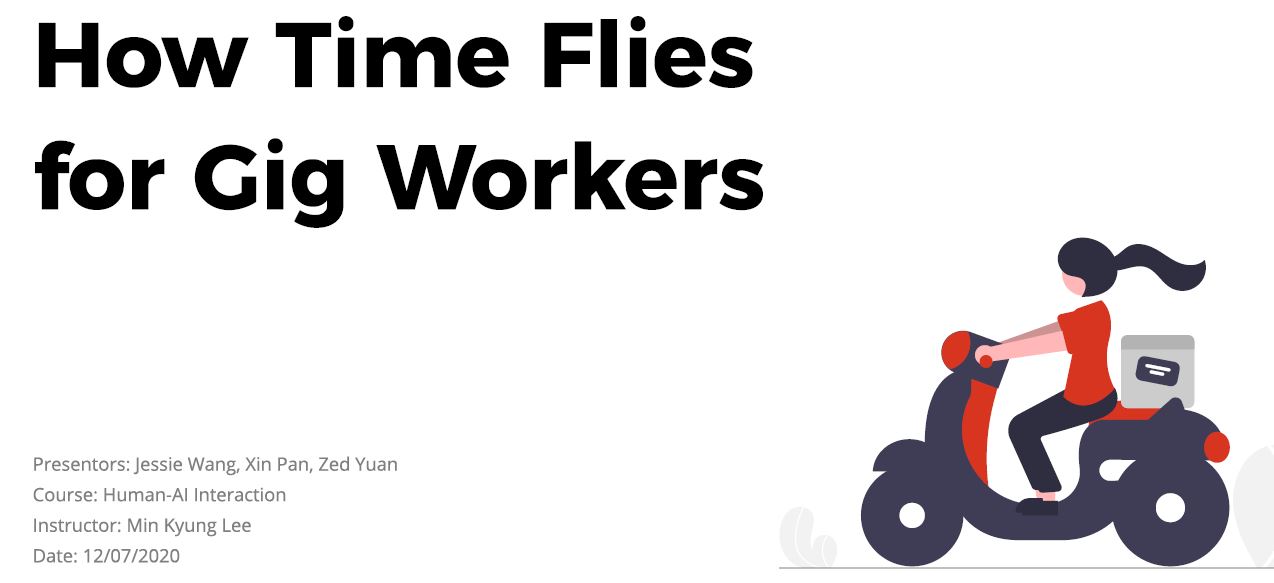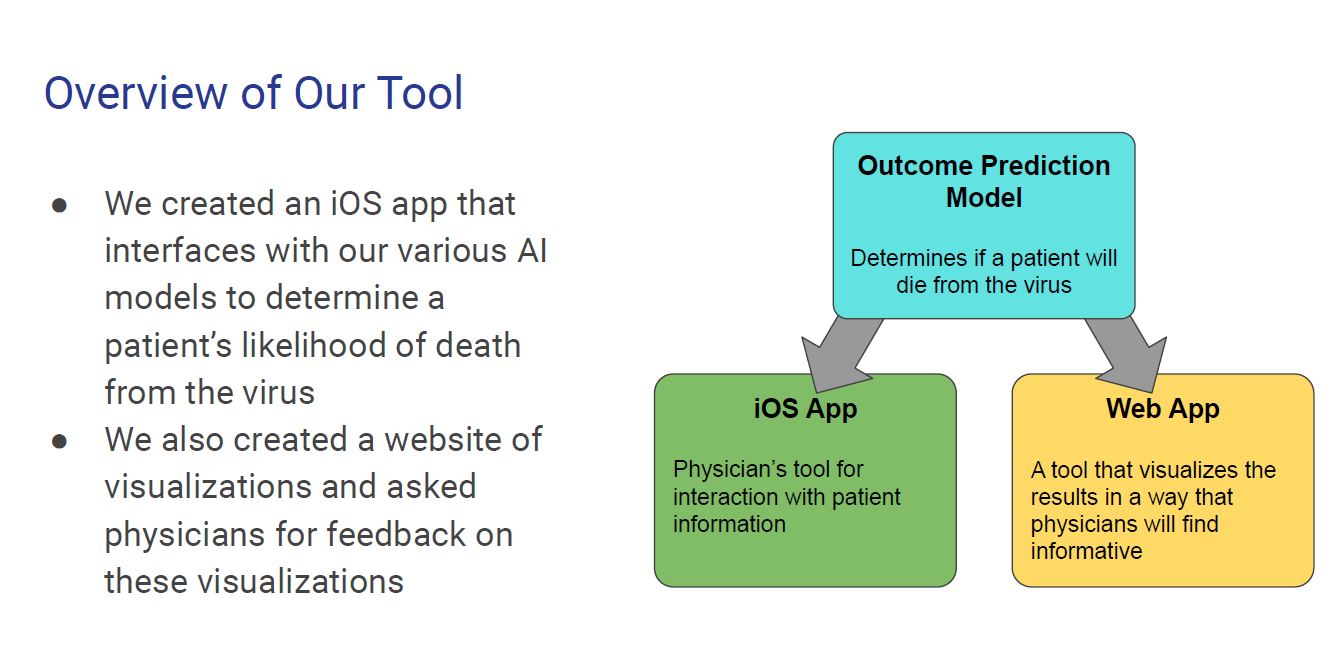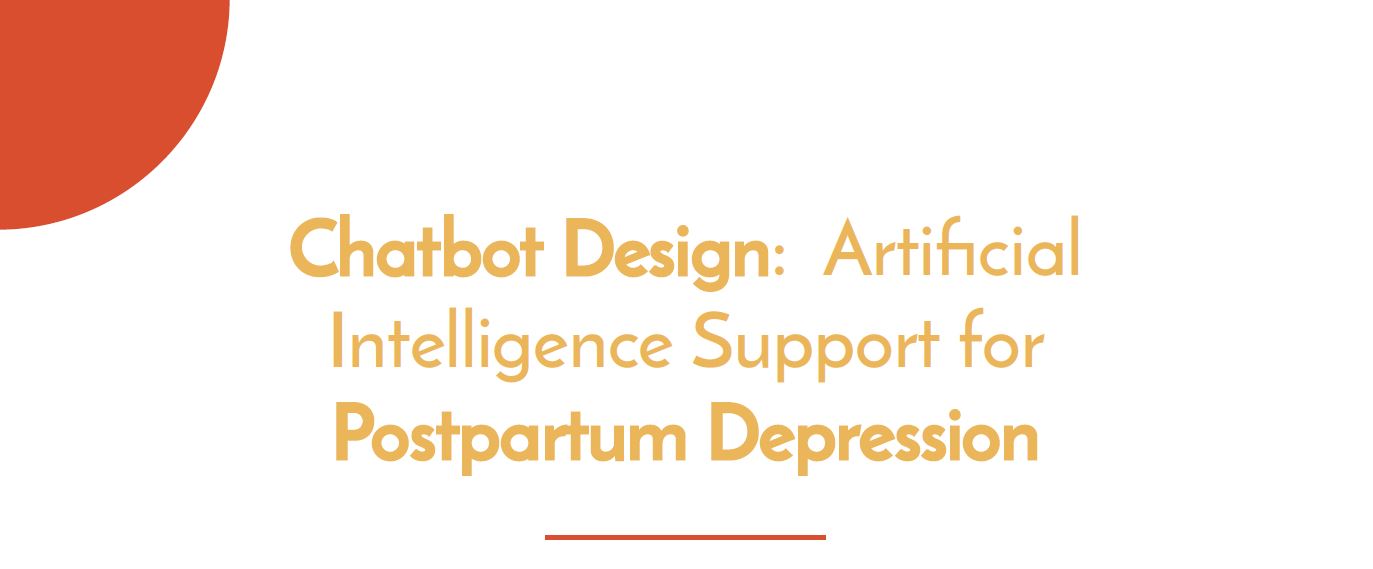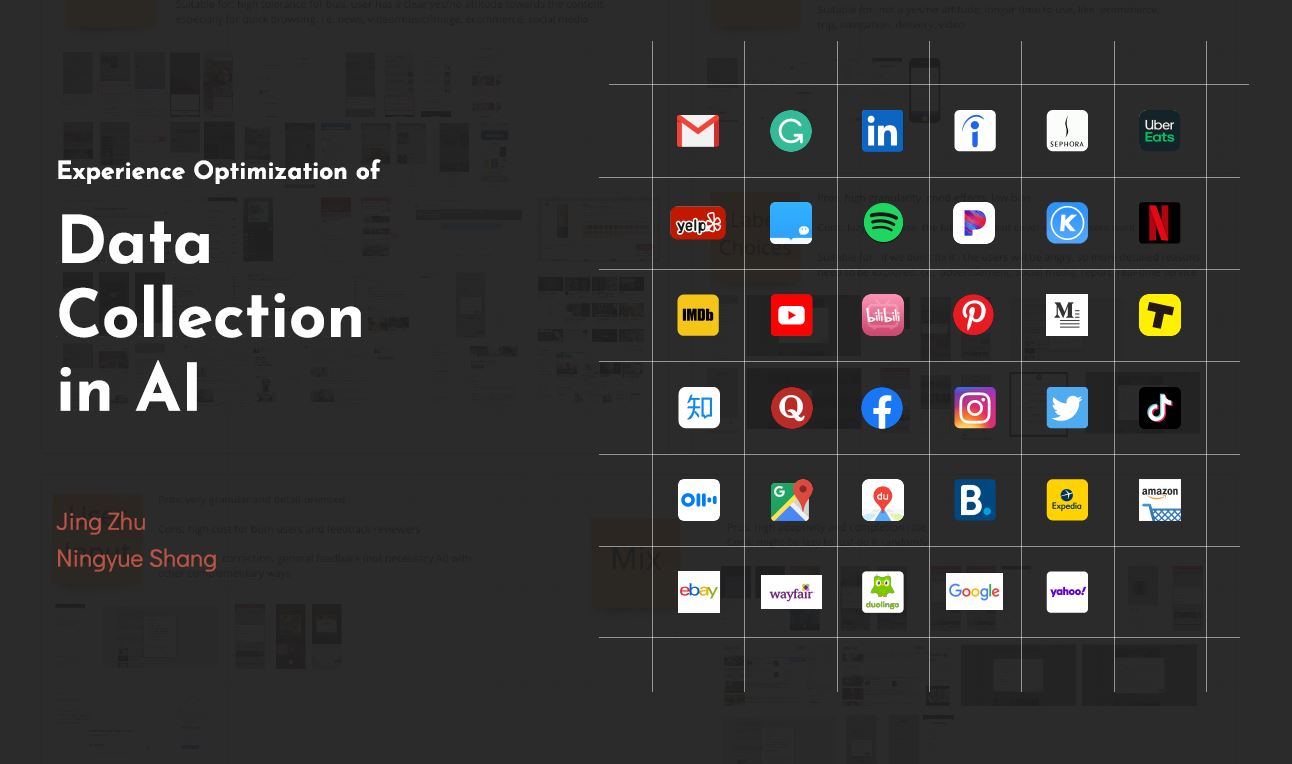Term Projects
Here are some example projects from students who took the class in Fall 2020. This page will be updated periodically until it has all 11 project information.
Investigating Algorithmic Bias when Home Hunting
Keeshan Patel
There are a plethora of home/apartment hunting apps on the market which utilize AI; however, their algorithms widely use the same data sources. Based on previous studies, this data is inherently biased towards certain races when determining metrics such as neighborhood and walk scores. This project aims to analyze and develop a fair model and correct these inherent biases in the data.
Photobox: An AI powered personlaized photo management app

Patrick Chao, Yingjie Li, Wayne Wang
Our research is to design a mobile phone application, Photobox, that helps users manage their photos on mobile devices. First, we conducted an online survey to understand the users’ needs and pain points for current apps. Then, based on the result, we built our design with three main features, intelligent tag recommendation, manual correction for the algorithm, and similar photo detection, that would address the problems that users are facing. However, to have some solid accomplishment that would provide more value to our users, we decided to switch our focus to one of the features, similar photo detection, and brought it further to include a popularity recommendation system that helps users to decide which photo to keep and share on social platforms. We discussed the potential issues relating to this feature and applied different solutions within our algorithm and design. Finally, we wrapped up the whole model with an explanatory model card to help users understand how our design works, what they could expect to receive from the algorithm, and also the limitations of our design.
Candidate awareness and behavioral impacts of AI tools in the hiring process

Meg Patton, Ryan Kendall
The rapidly evolving landscape of AI products intended to augment the hiring process creates a need to understand candidate awareness of these tools and potential effects on behavior. We will explore and contribute to understanding in this space through a literature review, a survey of job candidates, and qualitative interviews.
Exploring employee attrition
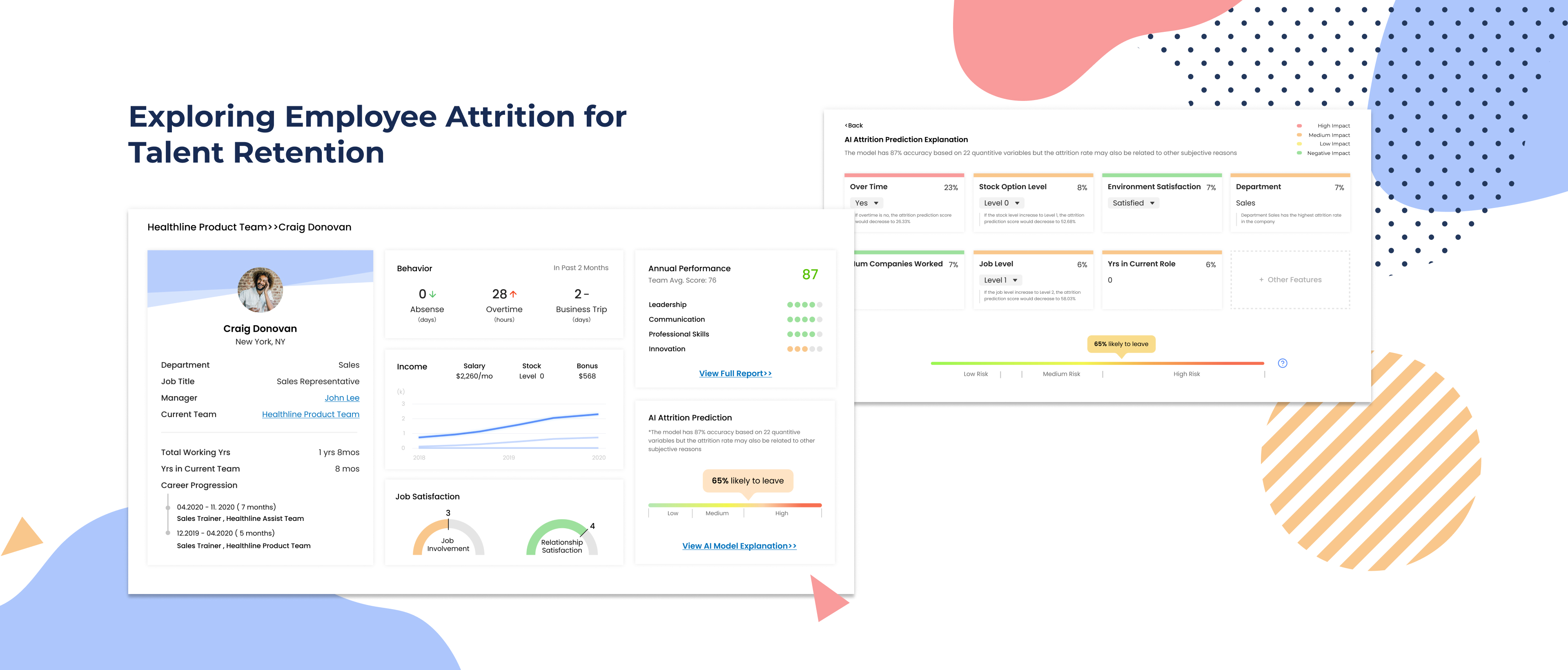
Janet Dai, Dianne Kim, Yi Wang
For our semester project, we will be looking at the topic of employee attrition at the workplace. Turnover is a costly problem for many companies, and it has become increasingly more important for businesses to come up with strategies to retain and re-train talent within the company. We will be creating a dashboard interface for a potential AI HR tool based on our predictive model as well as 1:1 participant interviews and get feedback around users, particularly for issues around transparency, trust, and explainability of the results in our dashboard.
AI Aided Architectural Design (ArchAI)
Sashank Macharla
This project is a novel AI application design that is aimed at architects and related stakeholders (students, practitioners, researchers etc) that allows them to explore, create design styles and design preliminary stages of a building project. The application allows architects to input certain parameters of a building like area, perimeter, number of floors and users, and also upload or choose from a set of design styles that are embedded into the application. The project is now in its final stages, where the usability interviews are being analyzed and the design iterated.
Effect of Accent in Automated Voice Transcription
Rupali Roy, Aastha Goyal, Shravya Kolavara
Analyzing Bias in Accented Speech by Non-Native English speakers in Automated Transcription Services. AI transcription services by Microsoft, IBM, Amazon, Otter Ai, and Google are used to transcribe 2000+ speech samples from Native and Non-Native English Speakers from 177 different countries. The collected transcribed data will be analyzed and compared.
How time flies for gig workers?
Jessie Wang, Zed Yuan, Xin Pan
It isn’t uncommon that couriers arrive restaurants on time but find food unready until 10-30 mins later. Taking DoorDash as an example, we look into this phenomenon, how it negatively influences multiple stakeholders, and how algorithmic management plays a role. We also propose design solutions, to mitigate negative impacts on Dashers of excessive wait time without undermining other stakeholders’ interests.
User experience with algorithmic matchmaking
Karim Nader
The project will explore how awareness of the invisible algorithm behind dating apps leads users to change and adapt their behavior on those apps. The goal is to understand how trust in the algorithm and preferred autonomy affect the user experience as a whole.
The impact of social determinants on COVID-19 outcomes
Joel Afriyie, Jeremy Kemery, Ayo Olutade
This work is centered on first analyzing the outcomes associated with those who have been disparaged during this pandemic. Following this analysis, we will develop a new model that takes into account the social determinants of care and equitably and fairly mitigates the adverse health outcomes of marginalized people.
Chatbot Design for Parents
Huanran Peng
With the growing number of parents suffering from postpartum depression, AI has shown some meaningful and useful applications in diagnosing or providing suggestions. For this project, we are going to explore the possible solutions of AI to support mental health and design a chatbot for parents who are struggling with postpartum depression.
Experience Optimization of Data Collection in AI
Jing Zhu, Ningyue Shang
The project will explore how current products using design to ask for user feedback on content of algorithm recommendation and how users think about that. The goal is to understand if users will react differently to feedback request in different design patterns and explore new design patterns to improve user willingness in providing feedback so that the algorithm could generate content more accurately. We use Tiktok Ads as an example and figure out our questions through secondary literature research, competitive analysis, survey and user testing.
